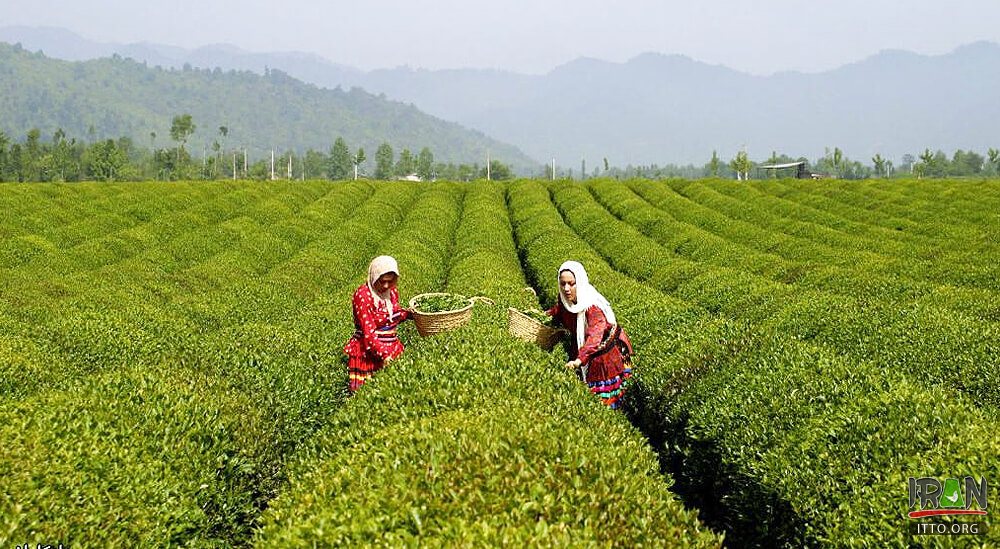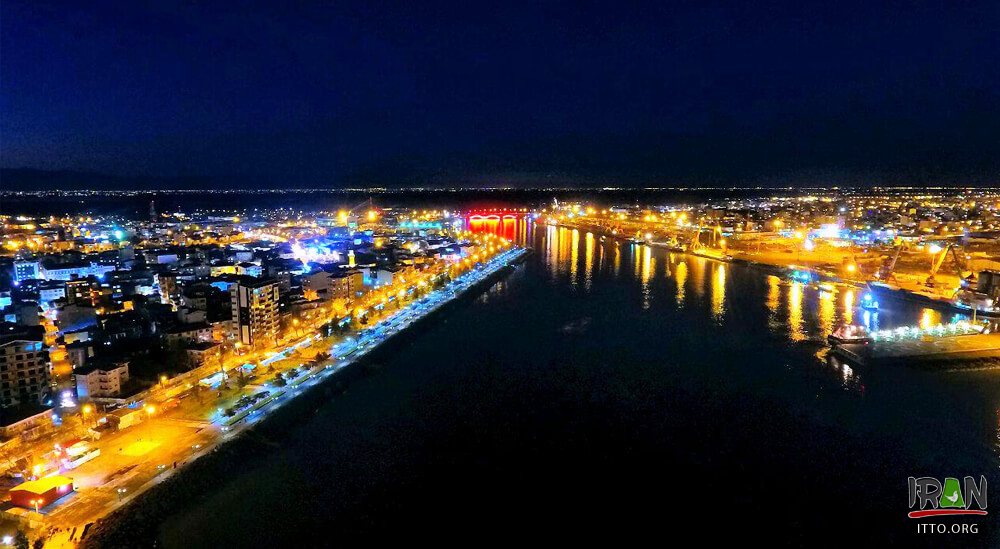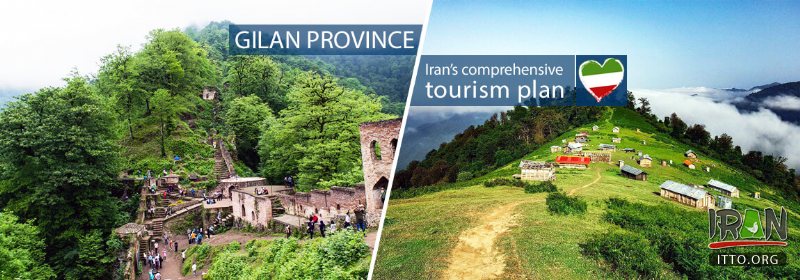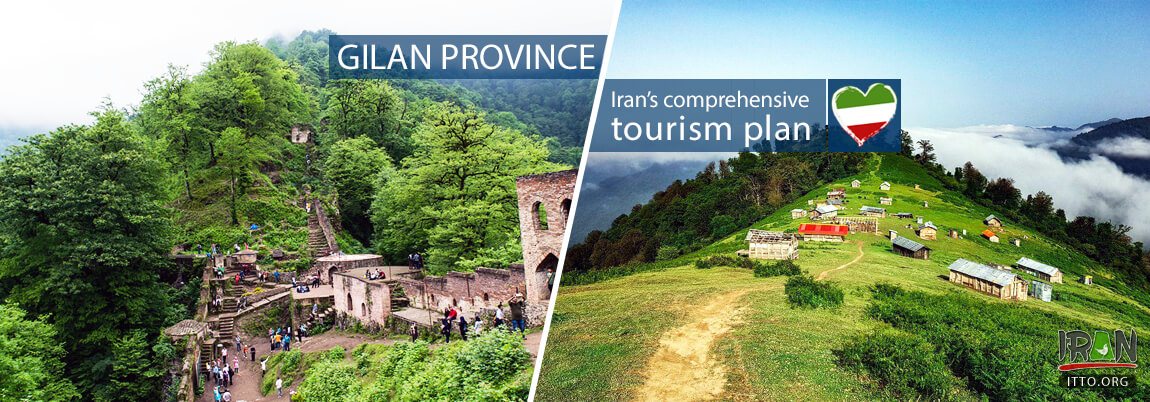The northern province of Gilan has been selected as the first province to start the country’s comprehensive tourism plan, which is to be developed under the auspices of the United Nations World Tourism Organization (UNWTO).
Eelier this month, UNWTO advisor Marcello Notarianni in a meeting with Vali Teymouri, Iran’s deputy tourism minister, announced the UN body’s readiness to expand cooperation with the Islamic Republic in order to help it develop a comprehensive tourism plan.

Gilan province produces 90% of Iran’s tea. The deep-green manicured tea bushes are now so emblematic that it’s hard to believe they were introduced only a century ago.
In a meeting with Gilan’s Governor General Arsalan Zare on Thursday, Notarianni noted that Gilan’s project, which is named after the ancient Silk Road, is to be implemented with the technical assistance from the World Tourism Organization and it will be financed by the European Union and the UNESCO Cluster Office in Tehran.
Gilan is selected the first province because of its [immense] natural capacities and because of being a destination for tourists from Azerbaijan and other neighboring countries, Notarianni added.
“This comprehensive plan will serve as a roadmap to guide tourists from all over the globe to achieve a sustainable and competitive tourism market,” he explained.

Lahijan is a city near the Caspian sea and the capital of Lahijan County, Gilan Province.
This project focuses not only on local communities but also on international tourism, he added.
“We are striving to focus on marketing, management, investment, education and interaction across different domains in all public and private sectors that are related to tourism in order to make them harmonious.”
Zare for his part attached importance to the UNWTO cooperation, saying that each region of the world, which is introduced by the World Tourism Organization, has somehow been thrived to draw an international attention.
Tourism, according to UNWTO, has experienced continued expansion and diversification over the past six decades, and it has become one of the fastest growing and most important economic sectors in the world, benefiting destinations and communities worldwide.
“International tourist arrivals worldwide have grown from 25 million in 1950 to nearly 1.3 billion today. Similarly, international tourism revenues earned by destinations around the world have grown from 2 billion U.S. dollars in 1950 to 1260 trillion in 2015. The sector represents an estimated 10 percent of the world’s GDP and 1 in 10 jobs globally,” the organization says.

Bandar-e Anzali in Gilan is one of the most important cities in Iran in terms of tourism, economics, and athletics.
Sophisticated Rasht, capital of Gilan province, has long been a weekend escape for residents of Tehran who are looking to sample the famous local cuisine and hoping for some pluvial action – it's the largest, and wettest town in the northern region. Gilan is divided into a coastal plain including the large delta of Sefid Rud and adjacent parts of the Alborz mountain range.
Bounded by the Caspian Sea and the Republic of Azerbaijan on the north, Gilan, in the far past, was within the sphere of influence of the successive Achaemenid, Seleucid, Parthian, and Sassanid empires that ruled Iran until the 7th century CE.



